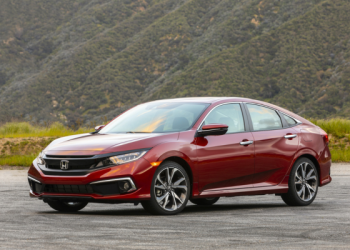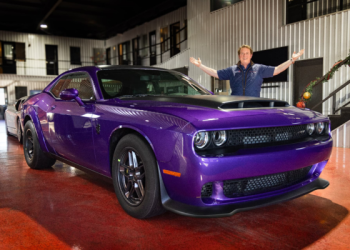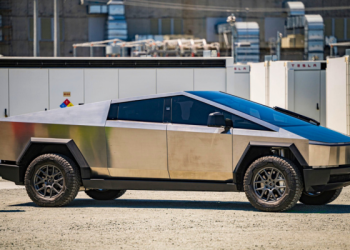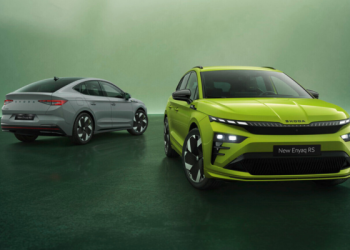The Nissan GT-R, one of the most recognisable names in performance motoring, has officially ended its run after 18 years of production. For car lovers across the globe, the end of the R35 GT-R marks the close of an era defined by speed, affordability, and Japanese engineering.
The final GT-R rolled off Nissan’s Tochigi plant assembly line in Japan this month. Factory workers gathered around the last car, a Midnight Purple Premium T-Spec edition, posing for photos as they bid farewell to a model once called the “Porsche 911 killer.” The car will be delivered to a customer in Japan, making it the last-ever production R35.
![Nissan GT-R [Source autoevolution]](https://autojournal.africa/wp-content/uploads/2025/08/Nissan-GT-R-Source-autoevolution.png)
Launched in late 2007, the R35 was built on Nissan’s Premium Midship platform, with a front mid-engine and all-wheel-drive setup. It combined cutting-edge performance with a price point far lower than European rivals. Its 3.8-liter twin-turbo V6 engine, hand-assembled by a team of only nine master craftsmen, produced 473 horsepower at launch. Later versions peaked at 600 horsepower in the Nismo variant, cementing the GT-R’s reputation as a supercar that delivered thrills at half the cost of Ferraris or Lamborghinis.
Over 18 years, the GT-R inspired a generation of tuners, video game players, and real-world racers. In the U.S., its 2024 lineup included the Premium AWD starting at $121,090 and the range-topping Nismo AWD at $221,090 before fees. All models returned modest fuel efficiency, around 18 mpg combined, but buyers cared little. For them, it was about a car that could sprint to 60 mph in under three seconds while undercutting European rivals.
The end of production raises questions about Nissan’s performance car strategy. With electric vehicles becoming central to automakers’ futures, fans are left wondering if the next GT-R will be a hybrid, fully electric, or something entirely unexpected. For now, enthusiasts will hold onto their R35s, knowing they may one day become collectible classics.
Read more on Mercedes-Benz exits Nissan stake in $325m sale, piling pressure on Japanese carmaker

















![F-35 fighter jet [Source Gulf Magazine]](https://autojournal.africa/wp-content/uploads/2025/11/F-35-fighter-jet-Source-Gulf-Magazine-120x86.png)


